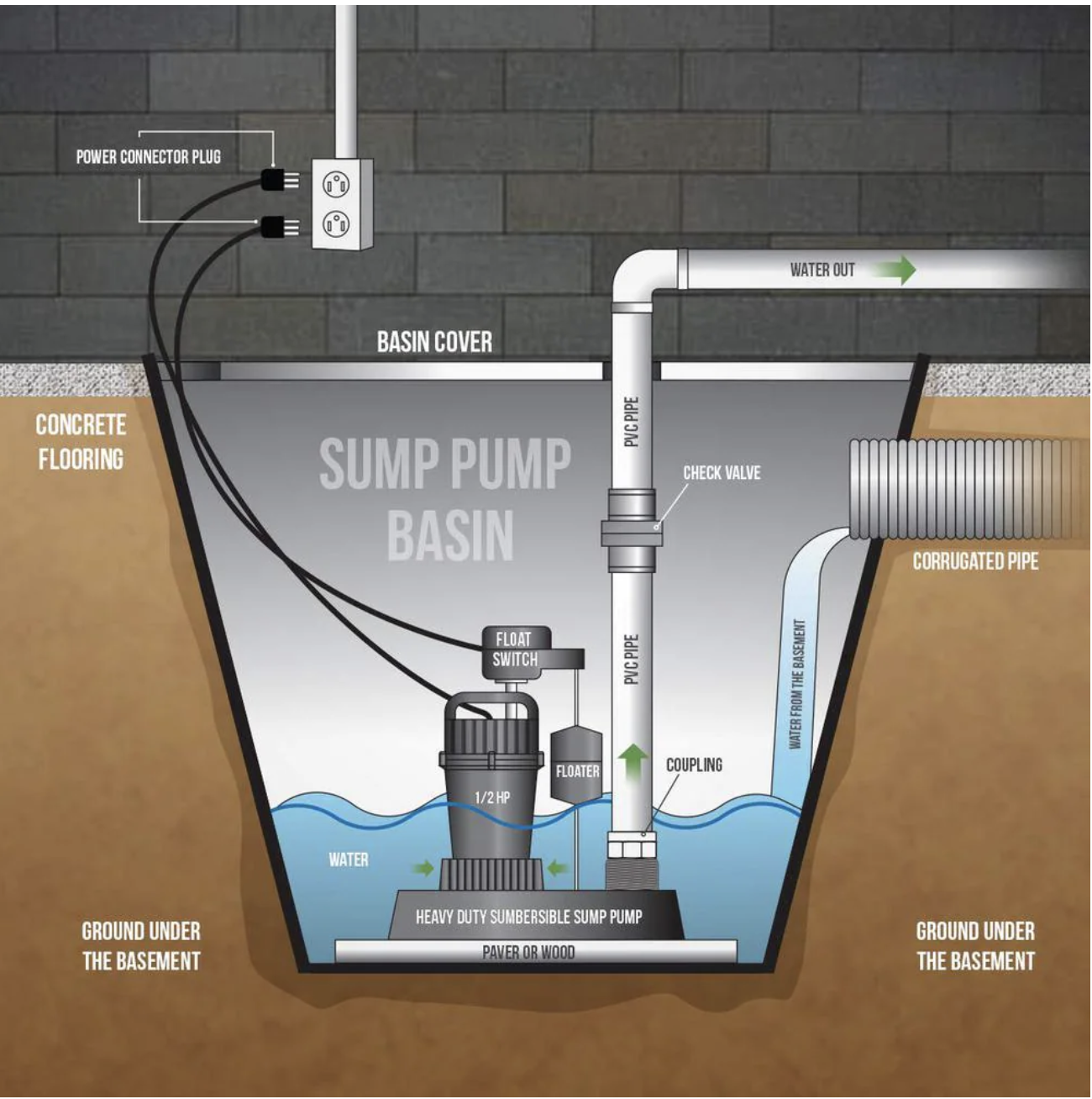Are you looking for a sump pump to prevent flooding in your home and eliminate moisture accumulation? A sump pump is a pump that is used to remove accumulated water from a water-collecting sump basin typically located in the basement of residential homes.
Installing a backup pump sump is always a good idea to provide additional protection for homeowners who already have a sump pump. Read on to learn all about installing a backup sump pump and how installing one will make your life easier.
What is the Difference Between a Sump Pump and a Backup Sump Pump?
A sump pump is used to keep the water away from your home by collecting the water in a basin and then pumping it out. A sump pump is a lifesaver if you have an underground space, like a basement, that collects water. It is also conducive when extra water gathers inside your property during significant rainstorms. A back sump pump is like a plan B for your sump pump, and it can come in handy if your original sump pump fails to work for some reason.
Steps for Installing a Backup Sump Pump
Here are a few easy-to-follow steps for the installation of a backup sump pump:
- Before installing the backup sump pump, make sure you clean out all debris in your pump, basin, and the area where the original sump pump is located. Ensure that there is no dirt or debris left behind.
- To prevent the water from flowing back to the initial sump pump, install a check valve on the sump pump and tighten the valves as instructed.
- Cover the threads around the sump pump and then wrap a piece of Teflon tape around the area. Pay attention when tightening the check valve so the pump remains secure.
- Place the backup sump pump into the pit and cut a PVC pipe to create a discharge pipe for the pump.
- Don’t forget to glue the PVC pipe in place. You should also use steel clamps and a rubber connector to secure your pipes.
- After your sump pumps and pipes are secure, place the battery inside a safe plastic box and set it on a table or shelf nearby.
- Use a cable to connect the battery and the backup sump pump and insert it into an electrical outlet with a low voltage connection.
- Finally, to test your installation, turn on the pump to see how it works. Also, plug the battery in an appropriate electrical outlet so it can charge easily.
What to Keep in Mind When Installing a Backup Sump Pump
First of all, when installing a backup sump pump, you should be aware of the basics. This includes the required batteries, voltage connections, and exactly how the sump pump works. Instead of randomly attaching wires, make sure you follow a step-by-step guide to be confident of what you are doing. If the installation is too challenging for you, you should contact a professional plumber for assistance.
Contact a Reliable Plumber to Schedule an Appointment for Your Plumbing Needs
If you need help with your backup sump pump installation, contact an Plumber in Long Beach to schedule an appointment.
